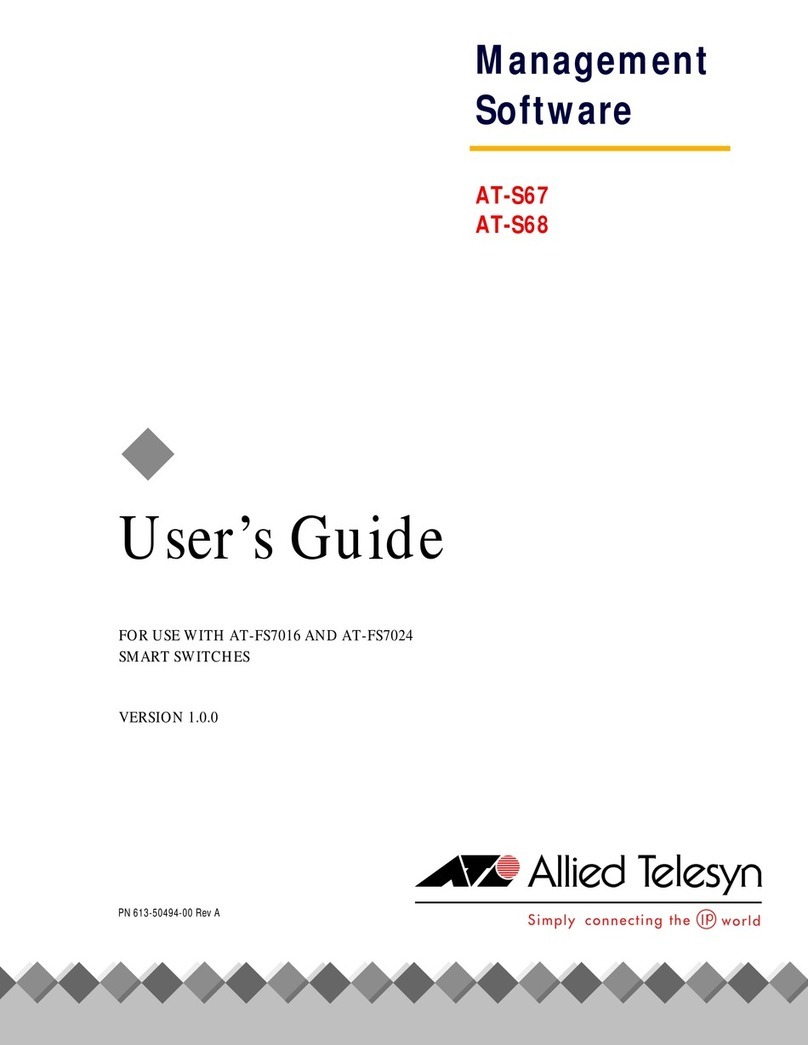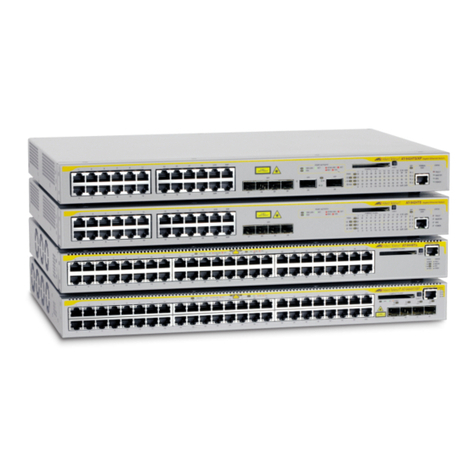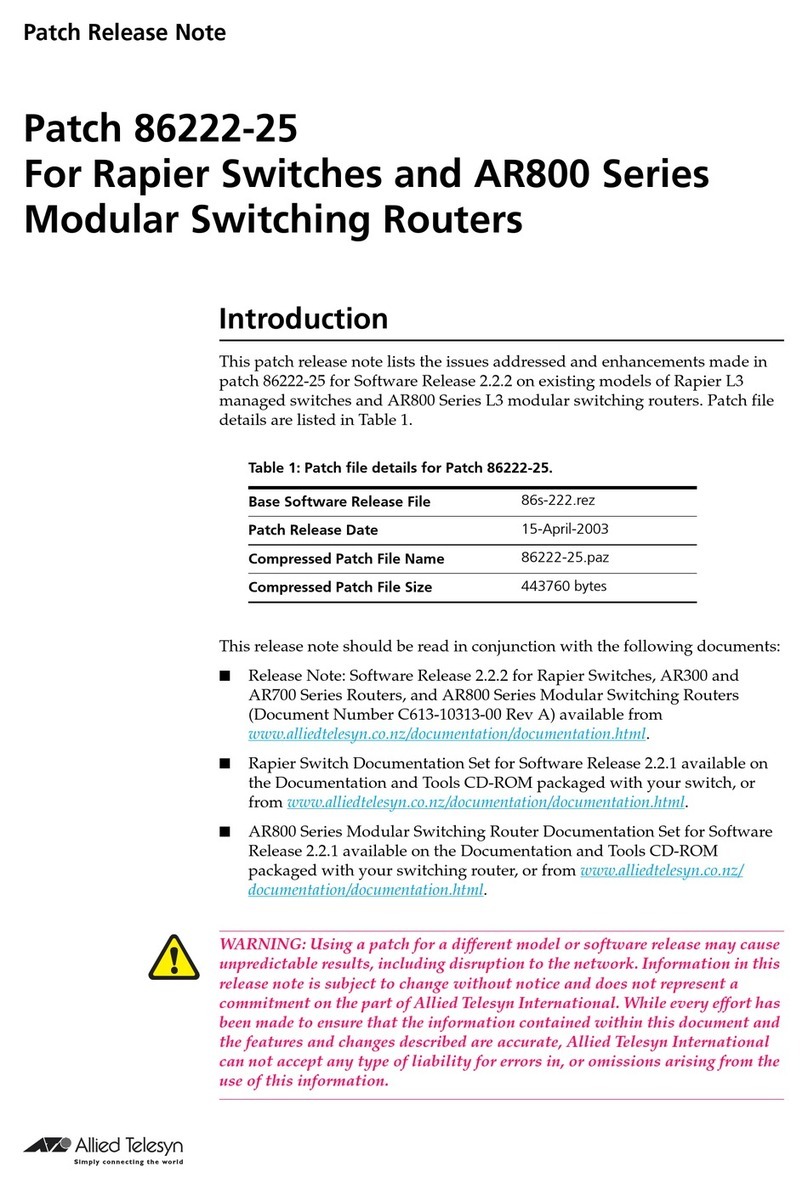Allied Telesis 86241-06 Instruction Manual
Other Allied Telesis Software manuals
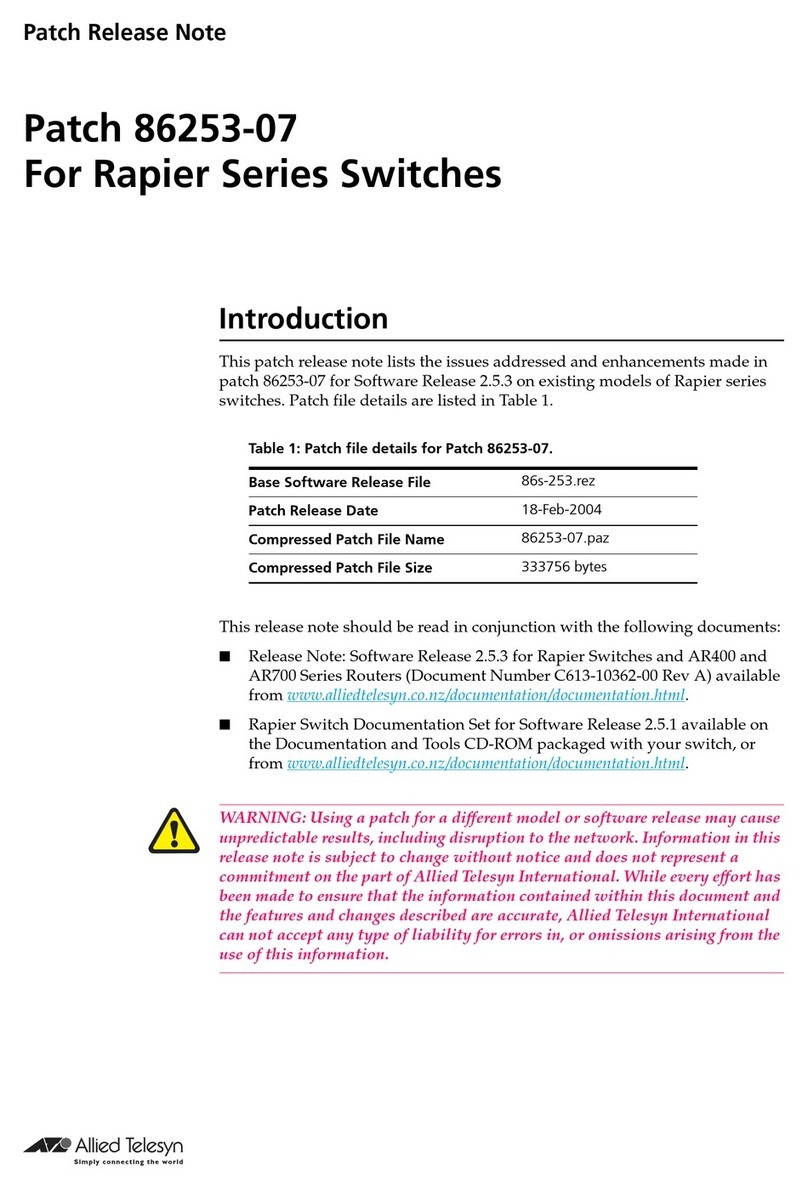
Allied Telesis
Allied Telesis 86253-07 Instruction Manual
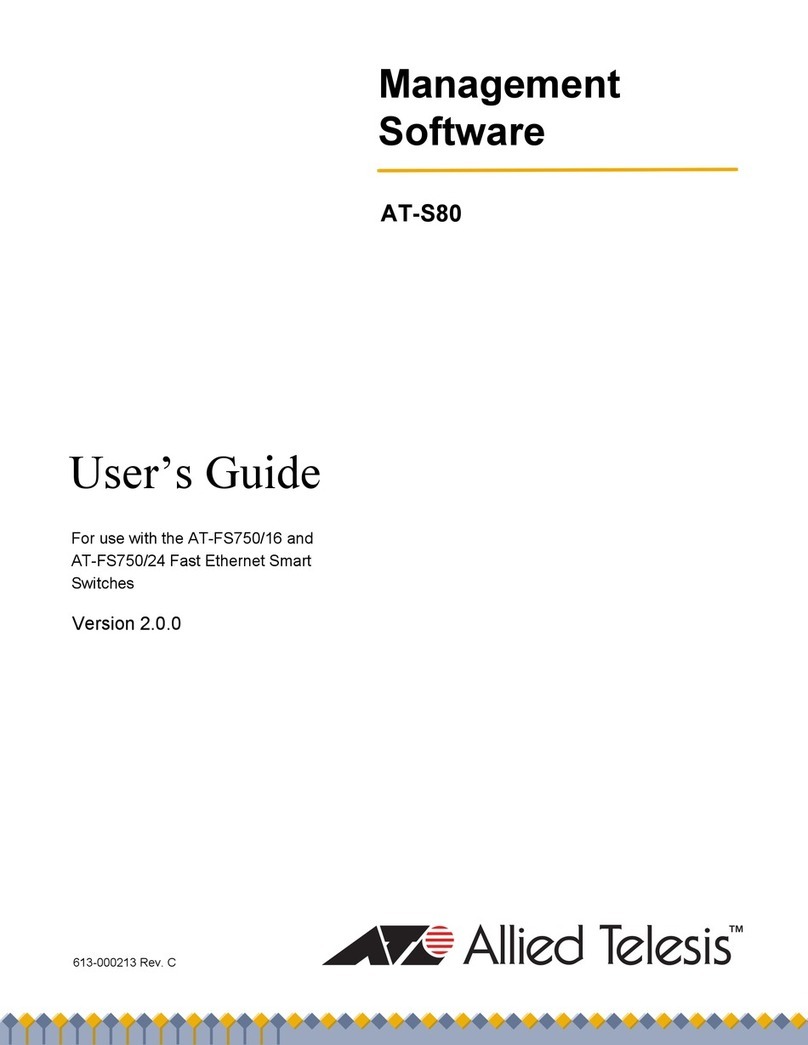
Allied Telesis
Allied Telesis AT-S80 User manual

Allied Telesis
Allied Telesis AR441S How to use
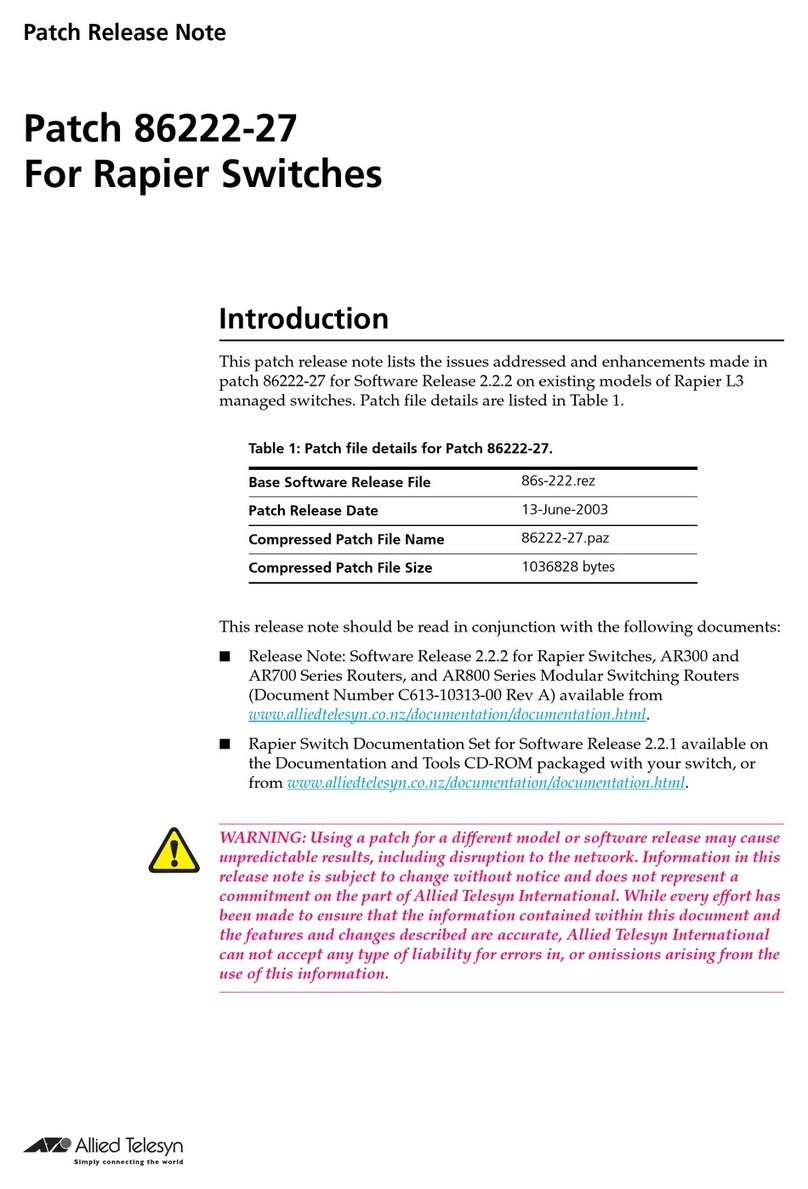
Allied Telesis
Allied Telesis 86222-27 Instruction Manual
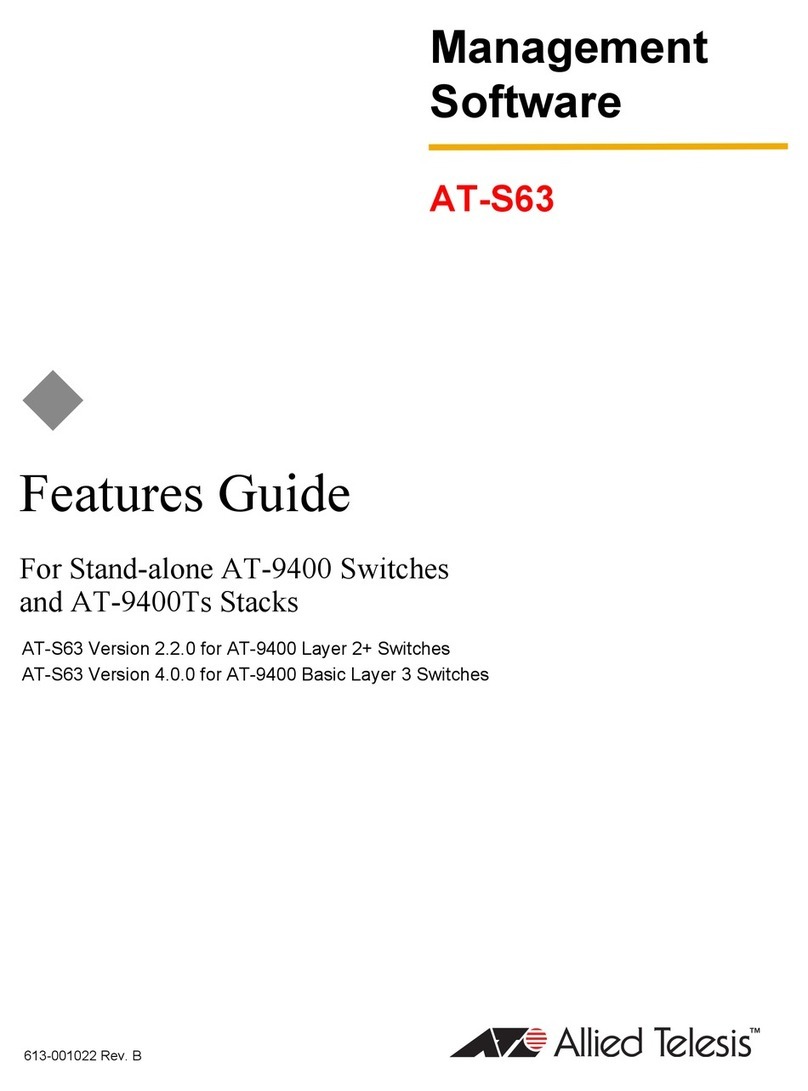
Allied Telesis
Allied Telesis AT-S63 Specification sheet
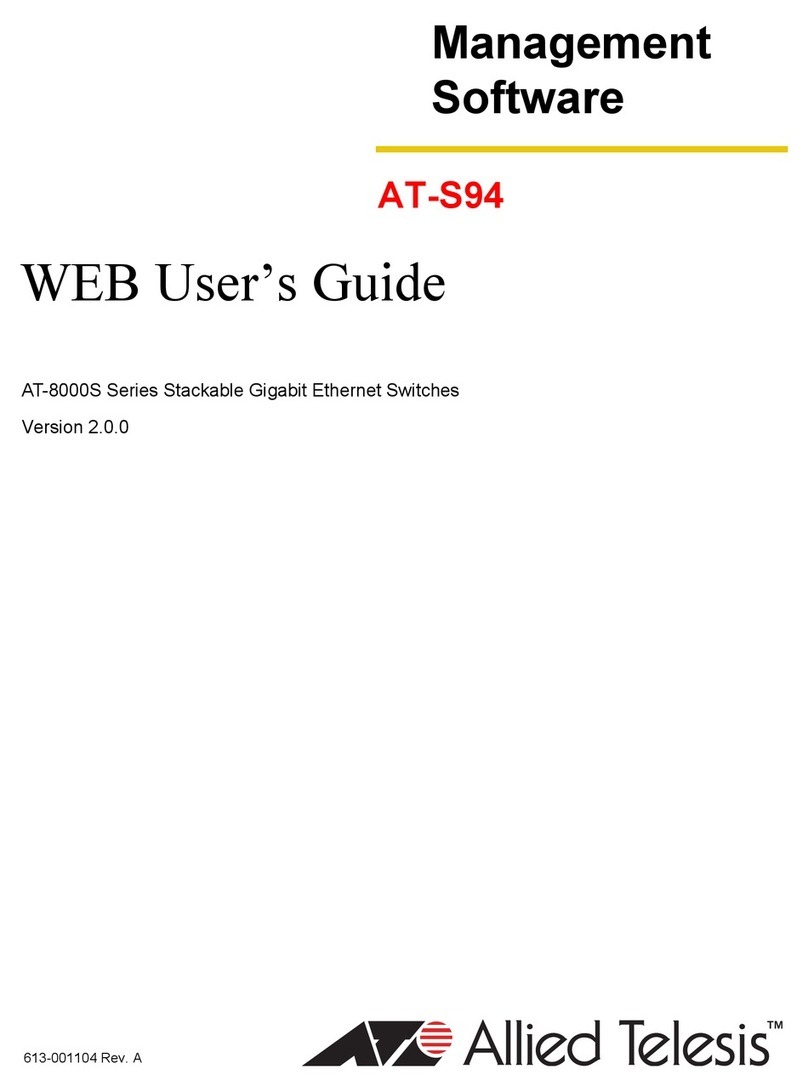
Allied Telesis
Allied Telesis AT-8000S Series User manual
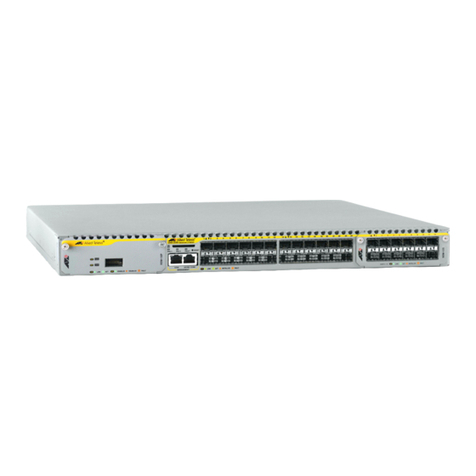
Allied Telesis
Allied Telesis AT-x900-12XT/S User manual
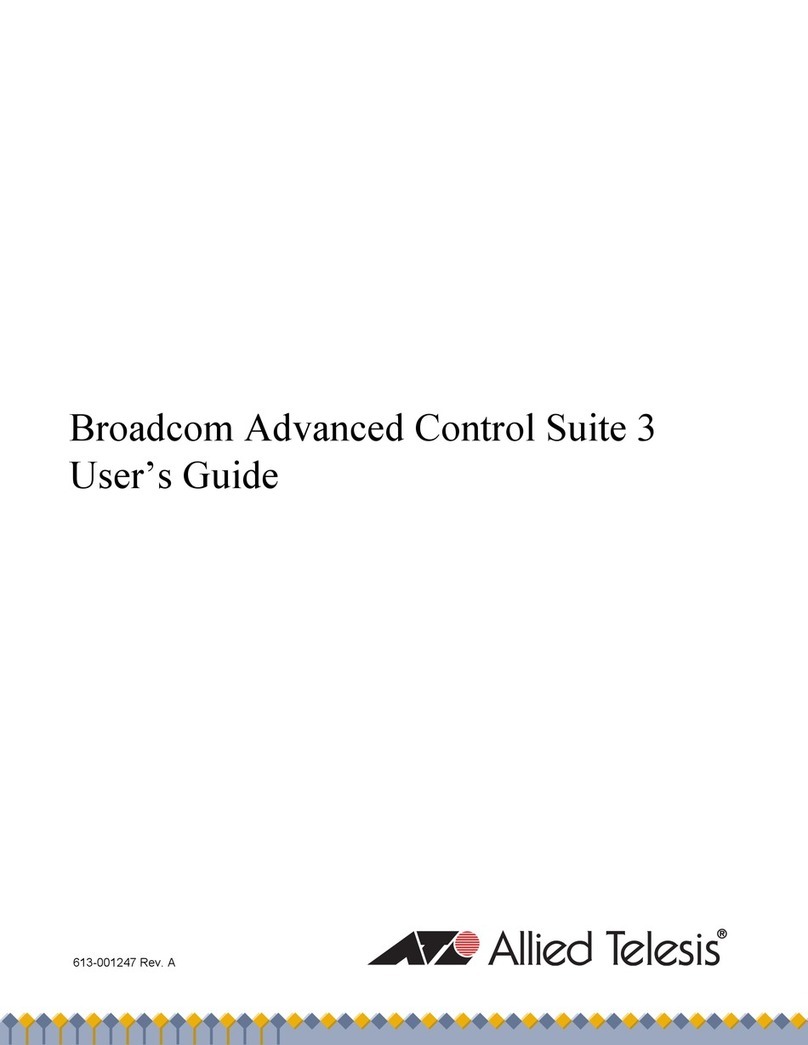
Allied Telesis
Allied Telesis Broadcom Advanced Control Suite 3 User manual
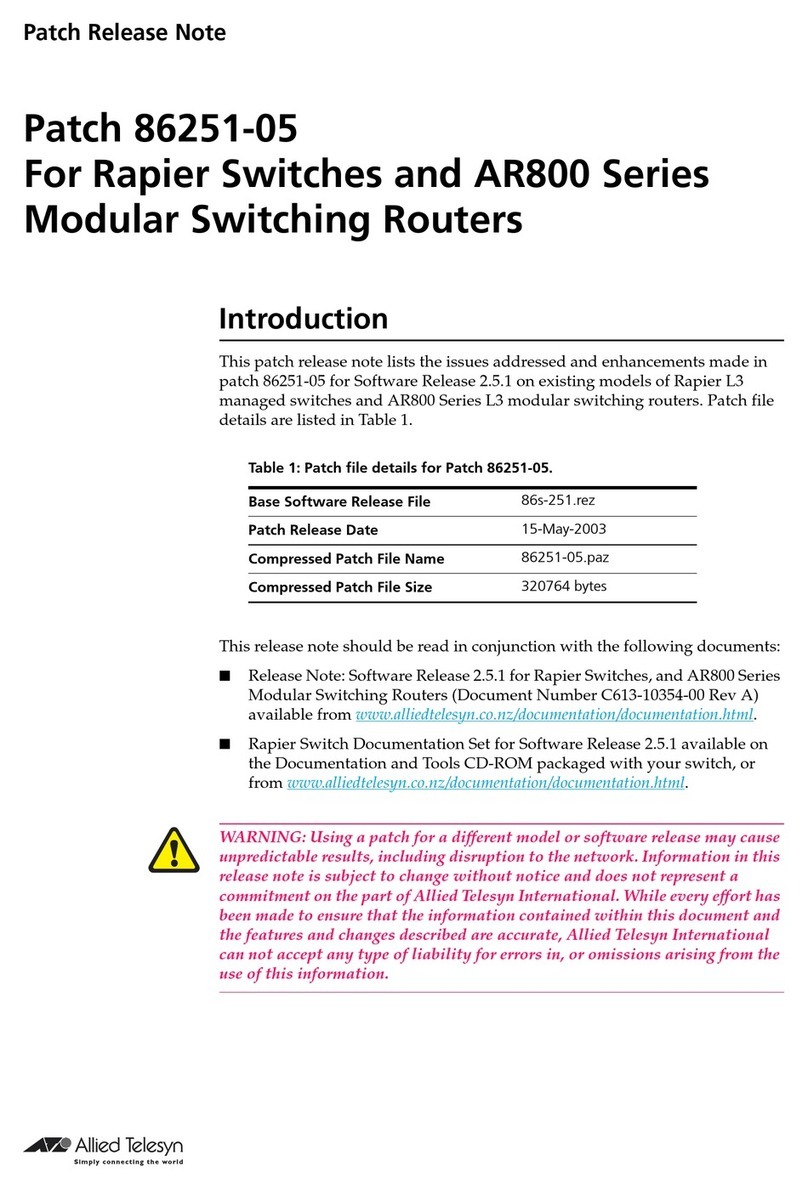
Allied Telesis
Allied Telesis 86251-05 Instruction Manual
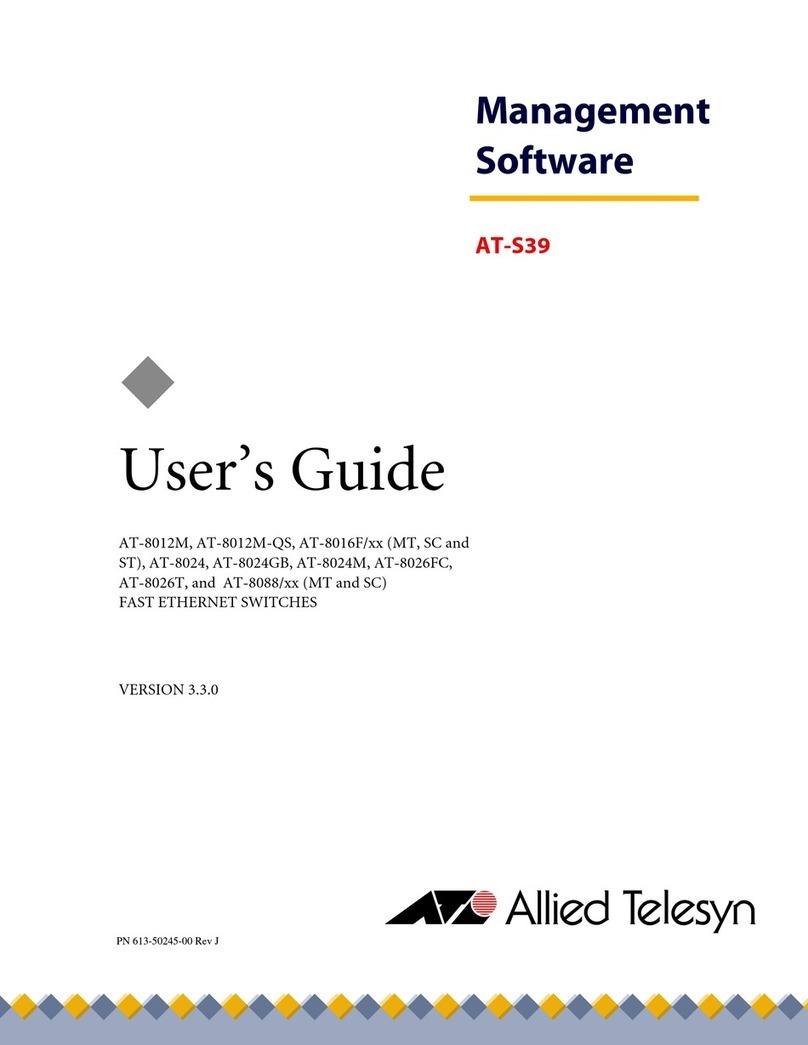
Allied Telesis
Allied Telesis AT-S39 User manual

Allied Telesis
Allied Telesis WebSmart AT-FS750/16 How to use
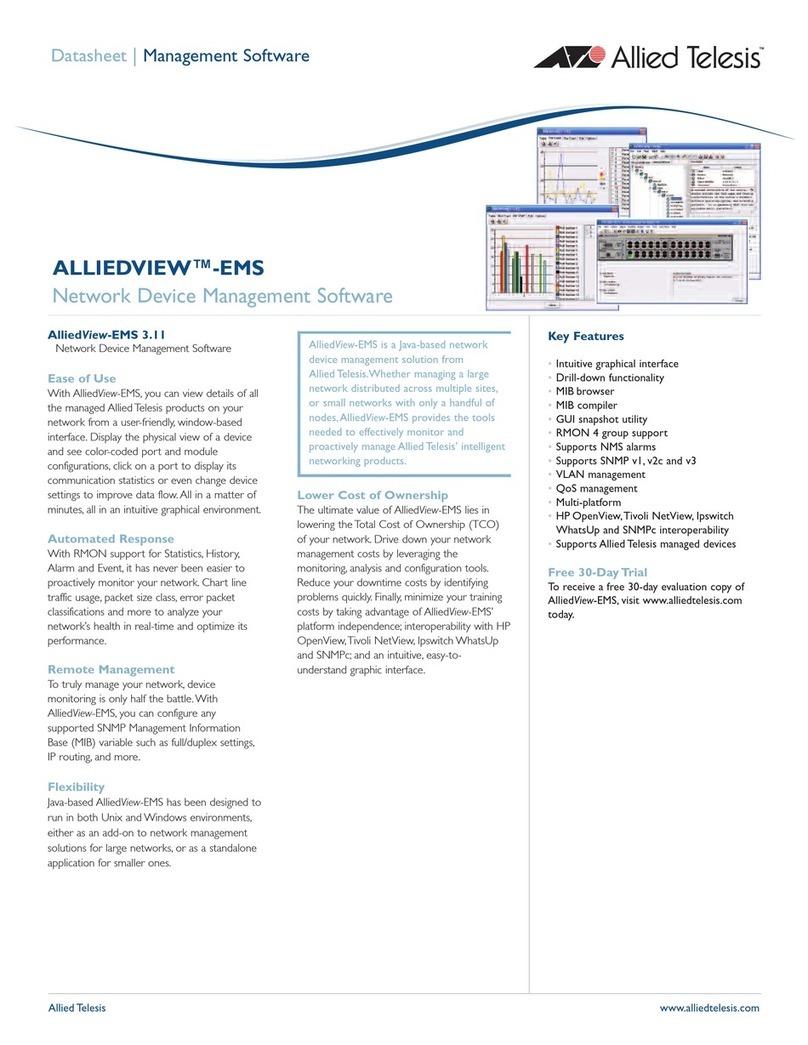
Allied Telesis
Allied Telesis SwitchBlade AT-AR440S User manual

Allied Telesis
Allied Telesis SB251-13 Instruction Manual
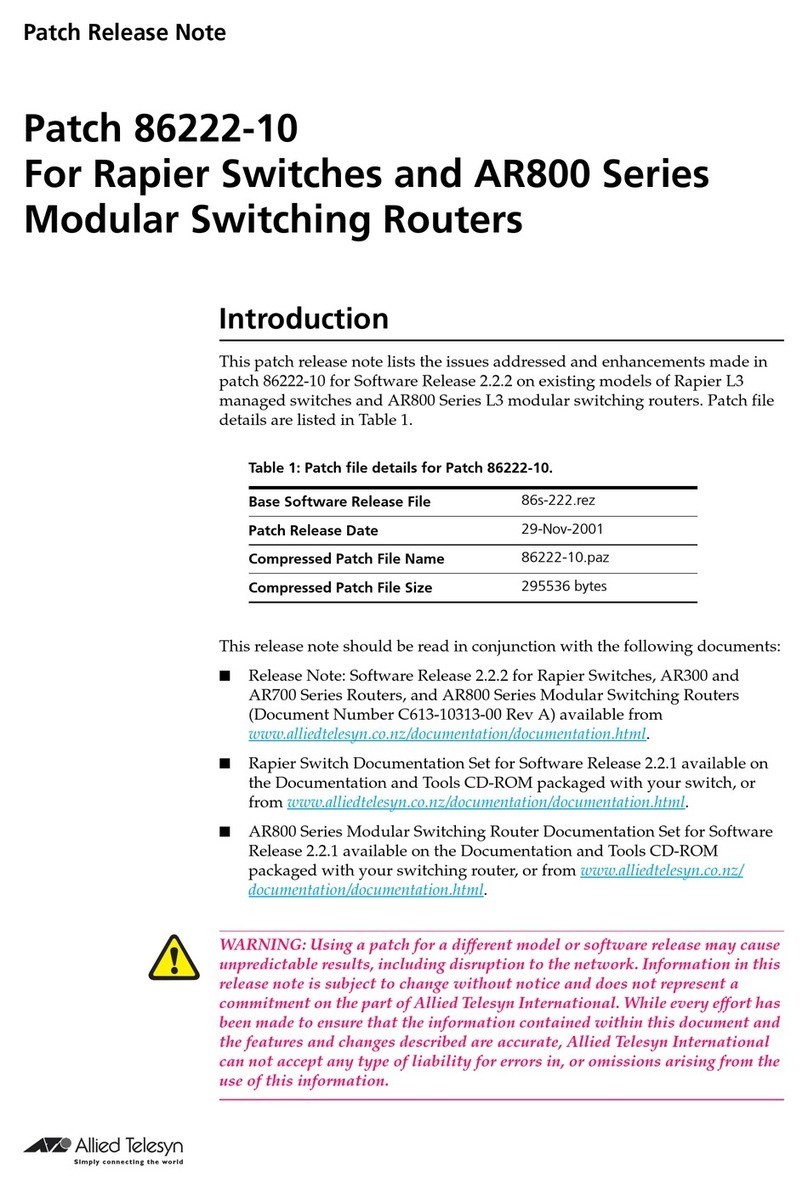
Allied Telesis
Allied Telesis 86222-10 How to use

Allied Telesis
Allied Telesis AR44xS Instruction Manual
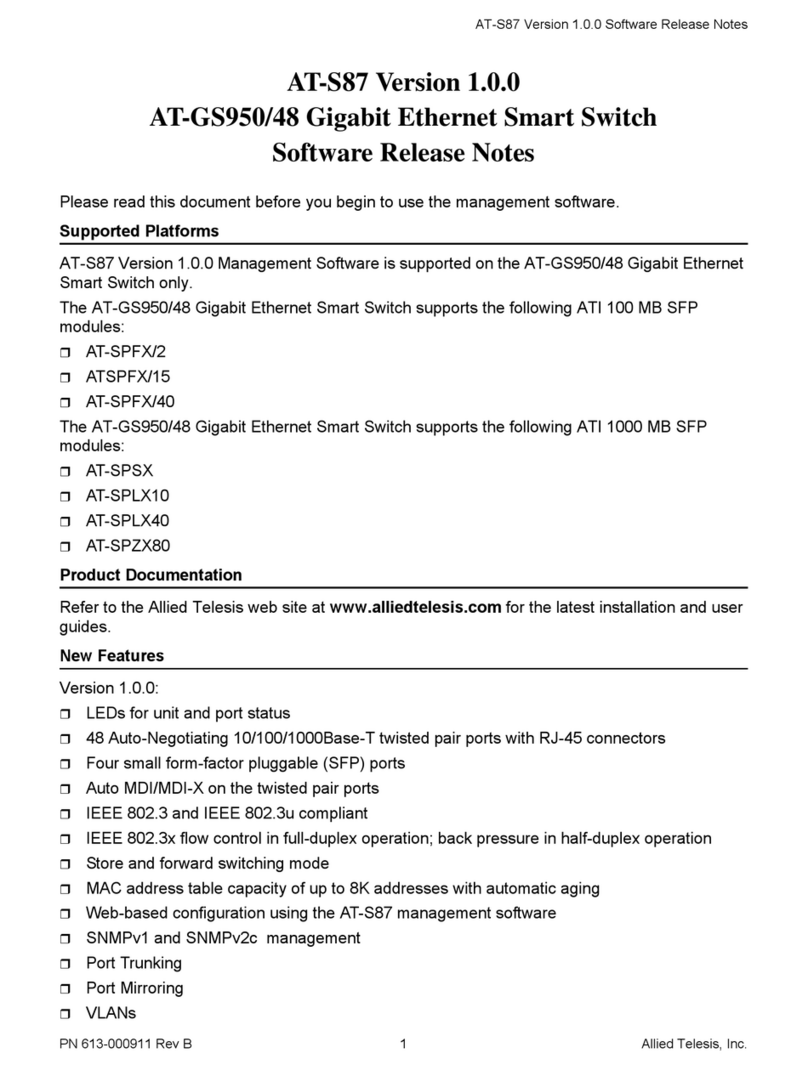
Allied Telesis
Allied Telesis AT-S87 Instruction Manual

Allied Telesis
Allied Telesis AT-8000S Series User manual
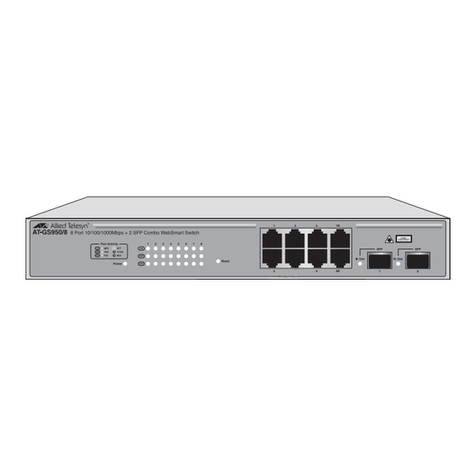
Allied Telesis
Allied Telesis AT-S82 User manual
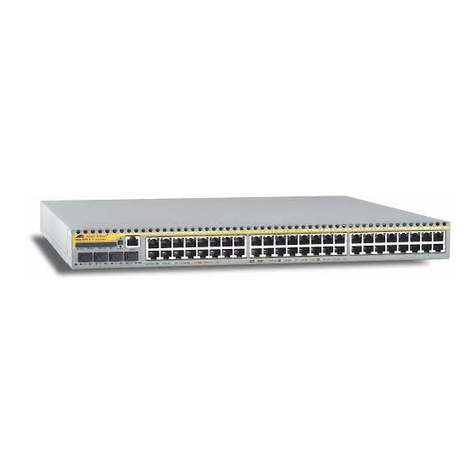
Allied Telesis
Allied Telesis AT-8600 Series User manual
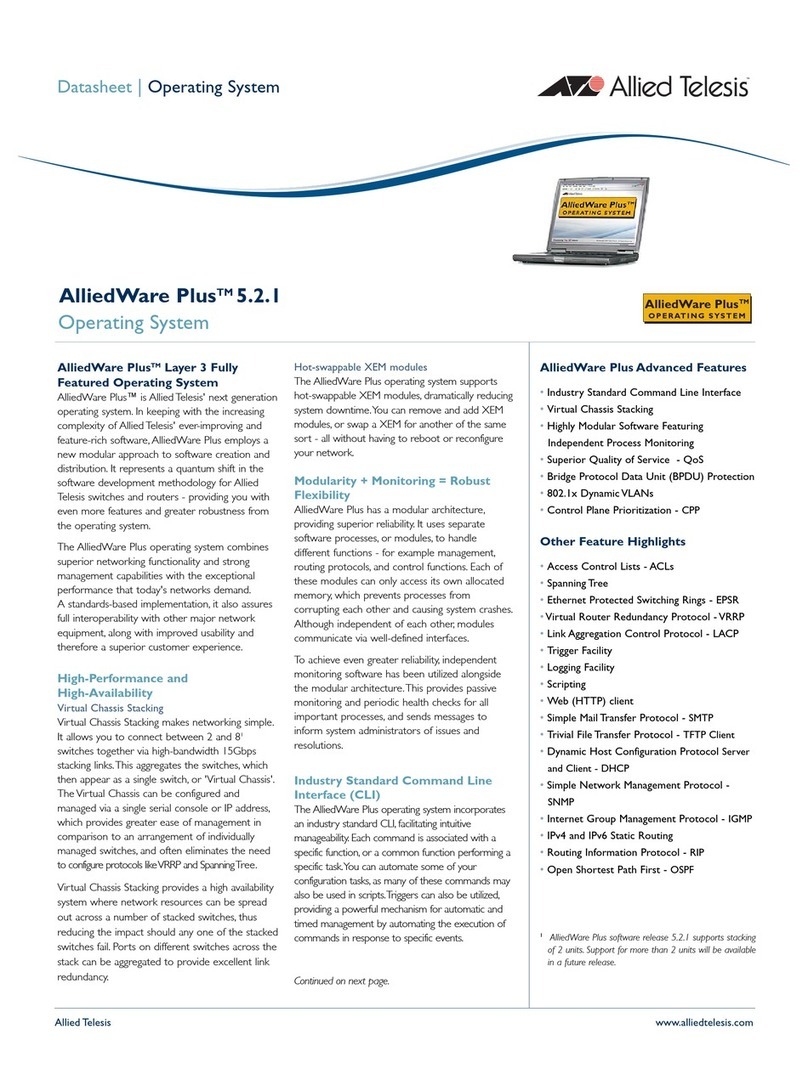
Allied Telesis
Allied Telesis AlliedWare Plus 5.2.1 User manual
Popular Software manuals by other brands

Red Hat
Red Hat ENTERPRISE LINUX 4 - FOR X86-ITANIUM AND... installation guide

Avaya
Avaya OAISYS NetSuite 4.2 Application notes

Asante
Asante SmartBridge V1.0 user manual

Xerox
Xerox Wide Format 6204 installation guide

SAS
SAS Scalable Performance Data Server 4.5 Administrator's guide

Lucid
Lucid FM2A85X Extreme6 installation guide

Juniper
Juniper JUNOS PUS MOBILE SECURITY SUITE datasheet

GRASS VALLEY
GRASS VALLEY NETCONFIG V2.0.12 instruction manual

Epson
Epson Stylus Pro 9880 ColorBurst Edition - Stylus Pro 9880... Getting started

COMPRO
COMPRO COMPROFM manual

Muratec
Muratec OFFICEBRIDGE ONLINE user guide

Oracle
Oracle Contact Center Anywhere 8.1 installation guide
